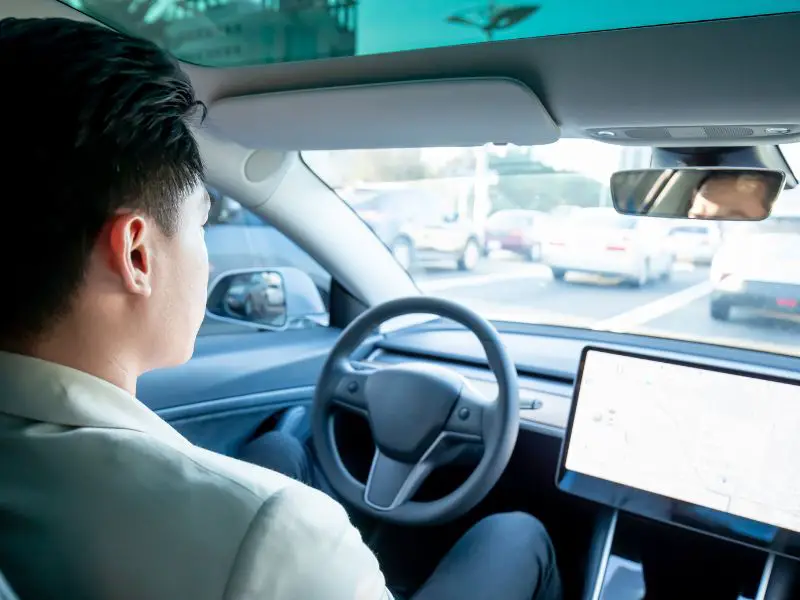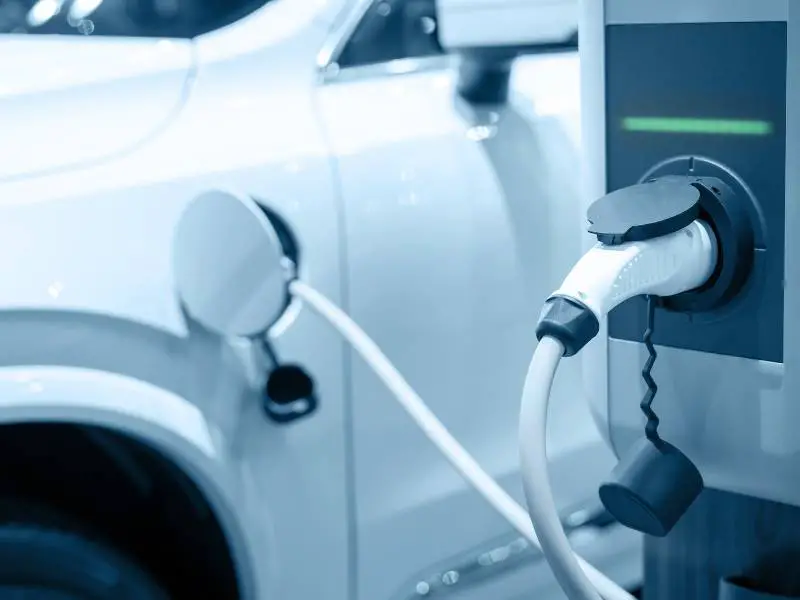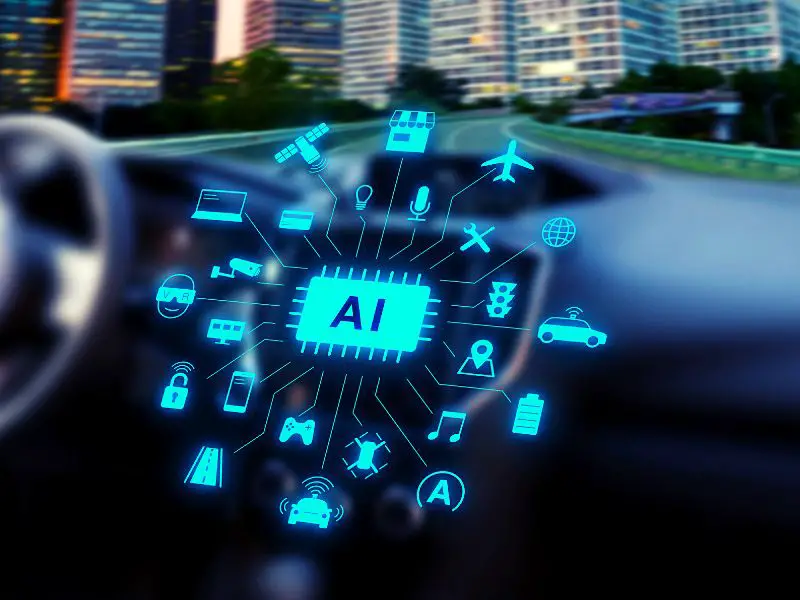The car industry has been experiencing steady growth in the last few years. Projections show that by 2025, the automotive market will reach approximately $1.3 trillion worldwide. However, this growth is only partially attributed to rising consumer incomes or demands. Although these factors certainly play a part, the automotive market is expected to grow with new, innovative trends and designs.
This article looks into the top trends in car innovation that have occurred in the past five years.
Car Innovation Trends in the Automotive Industry
1. Self-Driving or Autonomous Vehicles
Self-driving or autonomous cars eliminate the need for human drivers and seem set to change ordinary transportation. AV fleets broaden the breadth of last-mile delivery, minimize downtime, and strive to make public transit safer. For example, they reduce accidents triggered by the driver’s weariness or carelessness. AVs are outfitted with sophisticated identification technologies, such as AI-enhanced computer vision, to detect obstructions and dangers along the path.

2. Into-Tech That Increases Safety for Self-Driving Cars
Into, a firm located in the United States is working on predicting pedestrian behavior. Unlike two-dimensional (2D) and three-dimensional (3D) object identification systems, their method considers pedestrian head position, eye contact, leg motions, and weather circumstances before assigning a danger rating. This decreases false positives in pedestrian recognition and improves autonomous vehicle safety.
3. Iot Connectivity Provides Excellent Potential
The Internet of Things has enormous promise for interconnectivity, allowing smart cars to be linked to a network. IoT technologies are employed in the automobile industry to provide unique and sophisticated solutions.
- Fleet Management: Fleet management is the management of vehicles that belong to an organization and is utilized for business purposes. It deals with the administration of fleet vehicles, which includes scheduling routes, maintenance of vehicles, inventory control, the safety of the cars, and tracking the location of vehicles in real time. Thus it helps in enhancing the productivity of the fleet vehicles.
- Cars Connectivity: Cars Connectivity connects a car to a computer network and other vehicles on the road. This connection enables private and public access to a wide range of data related to vehicle performance, such as diagnostics, crash data, schedule data, and infotainment features.
- Automotive Maintenance System: An IoT automobile maintenance system enables a person to take the required procedures to prevent vehicle components from breaking down unexpectedly. Like a vehicle’s dashboard indicators, this system notifies the driver of possible problems.
- Vehicle telematics enhances infotainment: A car owner can closely check their vehicle, even remotely.
- Road condition analytics and navigation: Road condition analytics and navigation allow the driver to route the car based on alerts and notifications of hazards on the road ahead.

4. Advanced Motor Control
Modern automobiles are equipped with motor-control systems that operate a variety of fans, pumps, compressors, and servomechanisms. Engineers have shifted from old scalar control systems to more advanced digital vector control algorithms capable of providing full torque with precisely controlled acceleration and deceleration rates in response to an increased need for maximum economy and control.
5. Electrification
The need to encourage the adoption of electric transportation solutions is driven by the dwindling fossil fuel sources and the damage their usage causes to the environment. EVs must overcome problems like high cost, bad battery, insufficient charging infrastructure, fleet electrification, and powering renewable energy-based charging networks if they are to be widely adopted. Startups are developing electrification solutions in response to these issues and the need to address the rising greenhouse gas emissions worldwide.
6. Blockchain Application to the Car Industry
Blockchain technology provides several uses in the automobile sector. These include shared mobility solutions such as ride-hailing, urban transit, and delivery, as well as vehicle data sharing through a secure network for connection. Furthermore, blockchain may verify the supply chain of replacement parts or ensure that raw materials and spare parts are supplied legally from reputable sources.
7. Big Data and Analytics
The era of big data and sophisticated analytics influences numerous choices throughout a vehicle’s lifespan. Vehicle data allows predictive maintenance, educates management about their fleets, and warns appropriate authorities in the event of an accident. Furthermore, consumer automobile data is used to drive sales, optimize supply chains, and improve product design for newer cars. Startups and growing enterprises provide big data solutions to assist automobile manufacturers and auxiliary sectors in streamlining operations and increasing profitability.

8. Solar-Compressed Air Vehicles and Other Alternatives
More inventive ideas flood the globe, providing more ways to limit future consumption of fossil fuels. Vehicles roofs that use solar energy to run, green automobiles powered by compressed-air motors, and self-driving connected cars that consume less energy are all promising trends that should gain popularity in the coming years.
9. Human-Machine Interface
Human-machine interaction technology enhances the way drivers interact with their vehicles. This allows you to control some aspects of your car. Virtual assistants, for example, allow drivers to engage with their vehicles and service providers. They also assist drivers in staying in their lane and avoiding crashes. This is achievable because of technological advances such as augmented reality and smart cameras. Such cameras aid in making turns and driving safely at bends and crossroads where vehicle mirrors are ineffective.
Author’s Note
The automobile industry has an enormous impact on the world economy. It develops technologies, designs, and manufactures vehicles that have made transportation more convenient and improved the quality of life. However, the automobile industry is closely associated with the emission of greenhouse gases. With these technologies, we are a step closer to achieving the goal of zero-emission mobility for all.
However, as the impact of innovation and globalization increases, the automobile industry faces new, large-scale challenges forcing it to evolve rapidly.
Technology changes fast. In tech industries, it’s changing faster. The car industry depends on research and development. The quicker that technology is changing, the faster that R&D teams need to react. In addition, with the increasing size of innovation teams, collaboration has become essential as car companies develop technologies used worldwide and adapt quickly to the market. As a result, the car industry has embraced new methodologies with open arms.
Related: Electric Cars, Sustainable Transportation, Effects of Carbon Footprint and How to Reduce Yours

3 thoughts on “Car Innovation: Sustainability & Trends”